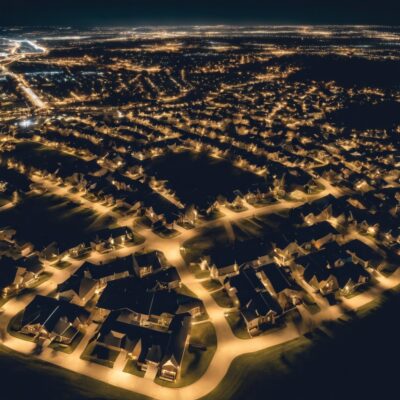
Every year billions of birds migrate from their overwintering grounds, making a perilous journey at high speed to their breeding grounds which can be thousands of miles away. Many of these birds migrate under the cover of darkness – something which technically should provide them with safety from predators, lower winds, and the ability to read the stars. But look outside your own home at night, can you see the skies? The amount of light pollution that comes from our homes, offices, streets, factories, you name it – is at times overwhelming. And for birds, light attracts and disorients them as they are migrating. They become confused and exhaust themselves trying to fly inside light shafts or fly into the light. All this creates a situation where they may be more likely to collide with buildings or become too tired or disoriented to complete their journey.
Want to help make migration easier for birds by managing light pollution? Here are some ways to do this:
- Turn off non-essential lights from 11 PM until 6 AM during critical migration periods in spring and fall.
- Turn off or dim lobby and atrium lights.
- Turn off or dim interior home lighting, or draw blinds to prevent light from escaping.
- Turn off decorative landscape lighting.
- Turn off lights before leaving the home or office.
- Make sure any exterior lights that are on, are shielded at the top and aimed downwards – no light should shine upward
- Install motion sensors on outside lights to minimize use of bright lights.
- Prevent daylight collisions with products for windows that make them safer for birds, Check out what American Bird Conservancy recommends.
All these things help birds – and decrease your electric bills – a win win!
For more information on the importance of keeping skies dark for birds, check out what Cornell Lab of Ornithology has to say and recommend.